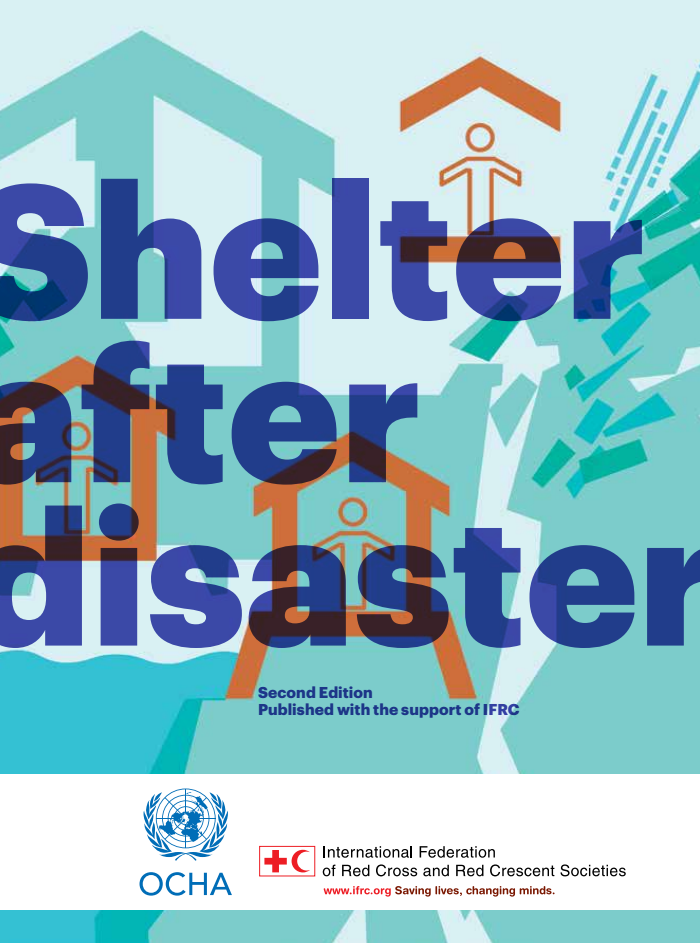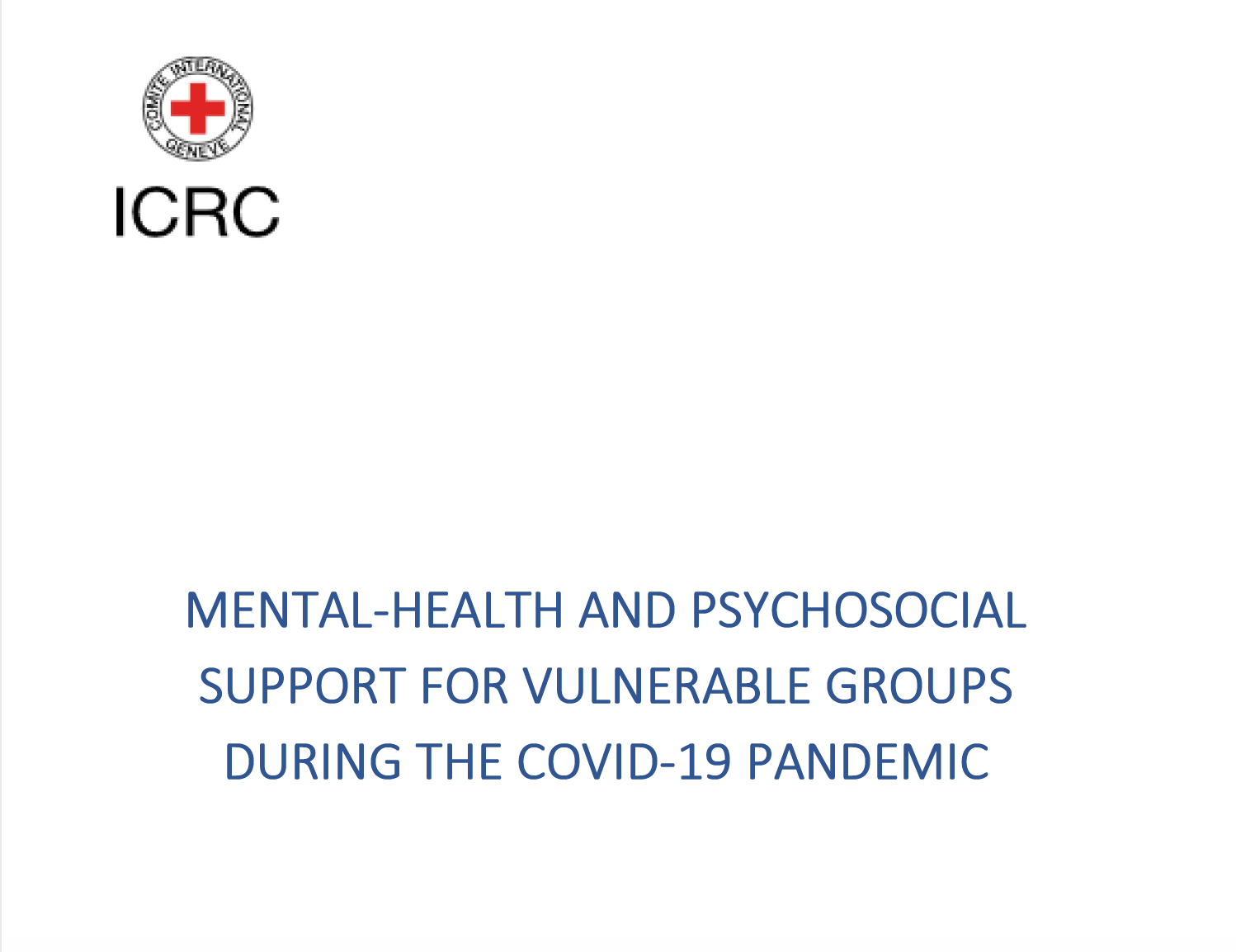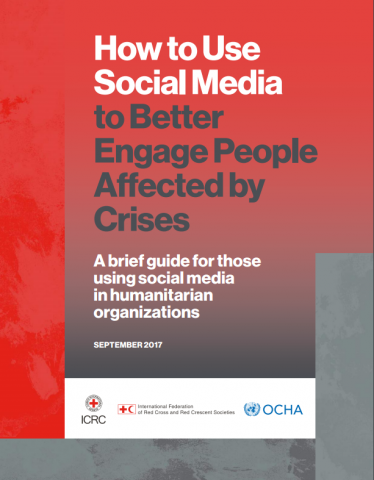Shelter After Disaster

Background
In 1975, the newly formed Office of the United Nations Disaster Relief Co-ordinator (UNDRO) (a predecessor of UNOCHA) led the first UN study of Shelter After Disaster. This research project investigated the issues of sheltering after a disaster and published a series of practical guidelines for assisting groups that included UN agencies, governments and NGO’s in 1982.
This second edition, published in 2015, is the work of the three original authors of the 1982 Shelter After Disaster guidelines (1982 Guidelines): Ian Davis, Paul Thompson and Fred Krimgold, revisiting the original text and adding new material as necessary based on changes in the shelter sector and its context that have occurred during the intervening 30 years.
Original ‘Shelter After Disaster’ Principles
The original principles and guidance established in 1982 were kept, yet expounded upon, as the principles are still applicable and ‘stood the test of time.’ Therefore, the structure of this Second Edition retains the original text of the 1982 Guidelines (in blue text throughout). This edition simply adds new insights gained during the intervening years, provides a more updated format and where necessary, and appropriate, gives updated resources and reflects current thinking within the shelter sector.
Second Edition (2015), First Edition (1982)
http://www.ifrc.org/Global/Documents/Secretariat/201506/Shelter_After_Disaster_2nd_Edition.pdf, http://reliefweb.int/sites/reliefweb.int/files/resources/E4FE896AFFF16709C1256CB10056558E-undro-shelter1-jul82.pdf


